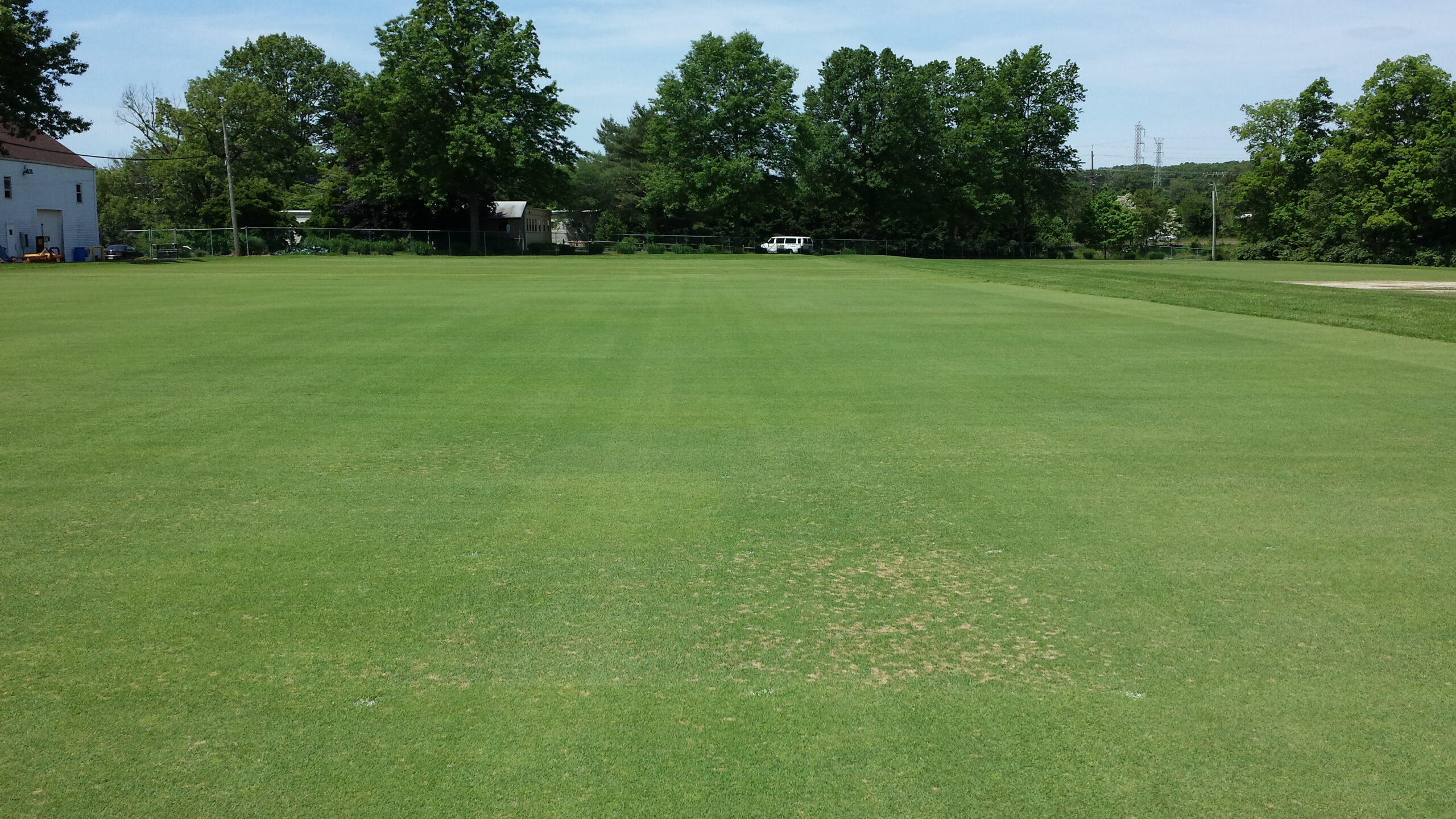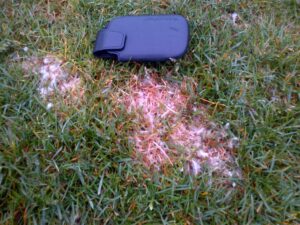Main Content
Sorry no pictures for this post, but thought I would share some recent observations. The recent rains and warm night on Friday/Saturday brought out two diseases on annual bluegrass earlier than we typically experience at the research farm in North Brunswick NJ (Hort Farm No. 2).
Saturday morning, our graduate student found nickel- to quarter-sized spots of foliar Pythium on his annual bluegrass plots. Tended to be more spots on his plots with greater N fertility but the disease was also on low N plots. This is the earliest I have experienced foliar Pythium, but the Friday/Saturday nighttime temperature didn’t get much below 65 degrees F, ‘good’ for Pythium.
Also on annual bluegrass, was a slight outbreak of dollar spot on Saturday morning. Dollar spot in April is early but not unheard of in NJ.
You might notice that the pests mentioned have shown up first on annual bluegrass.



